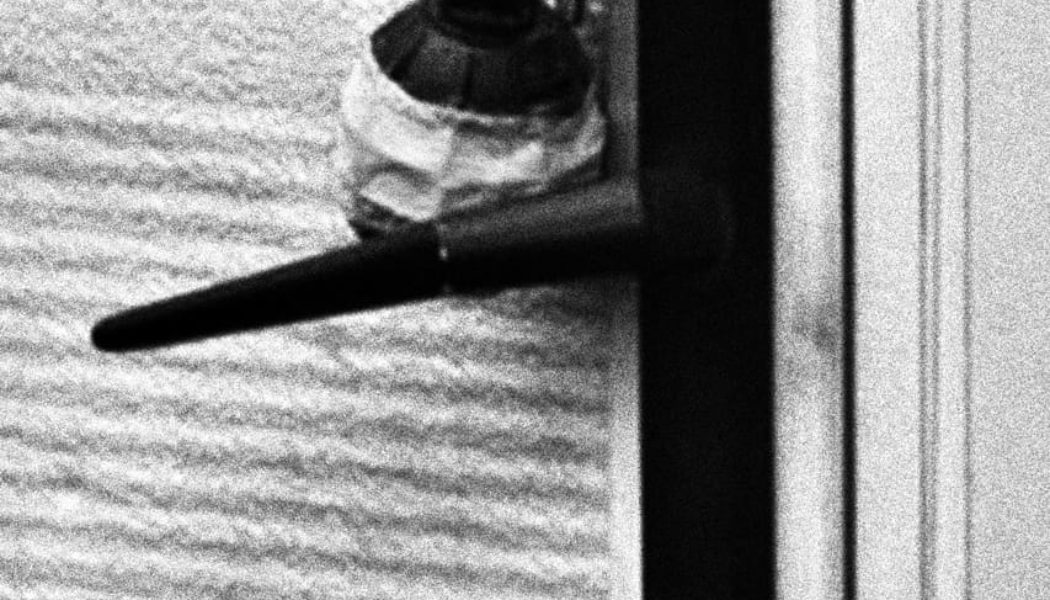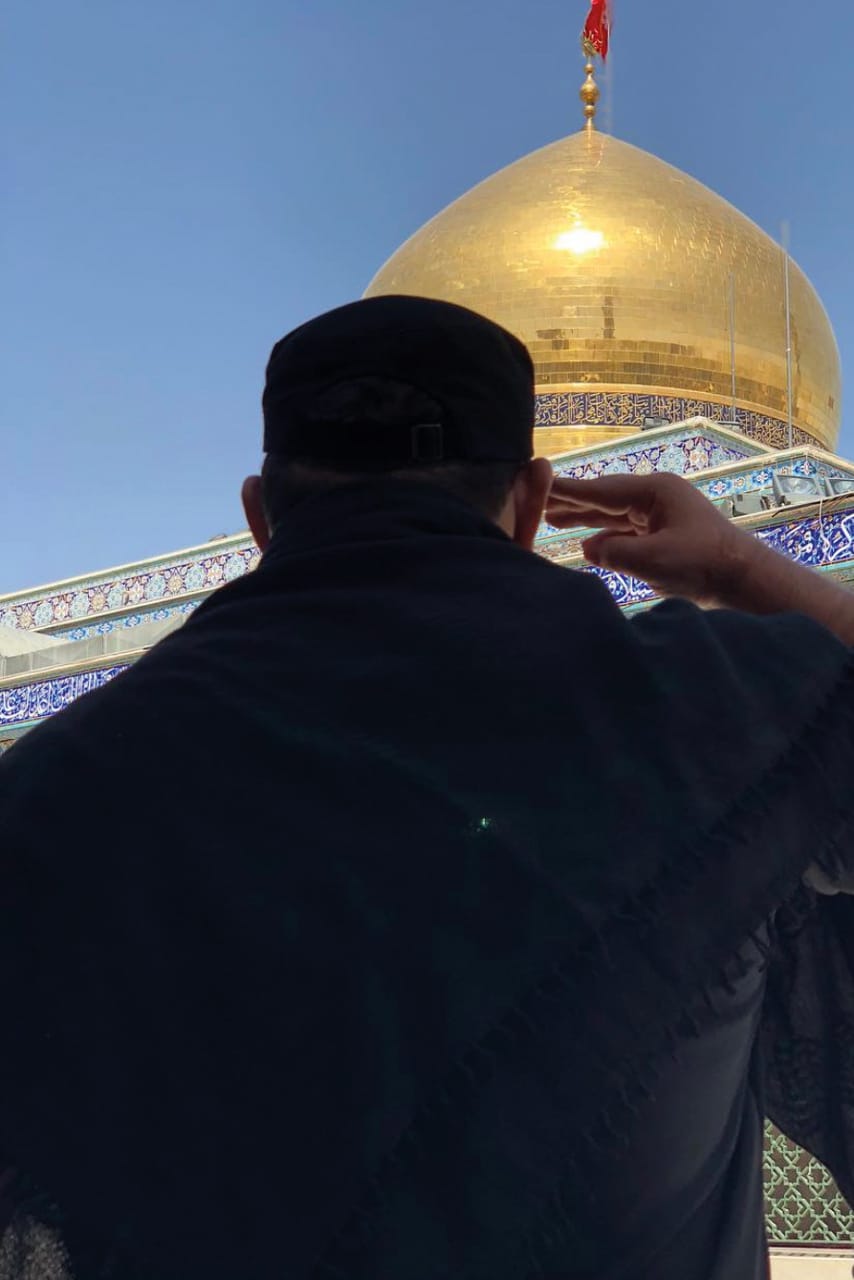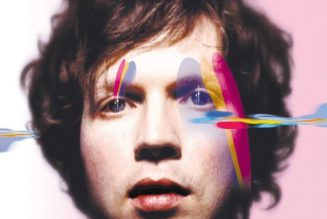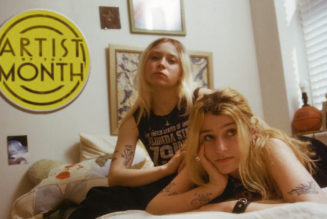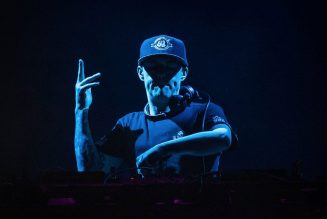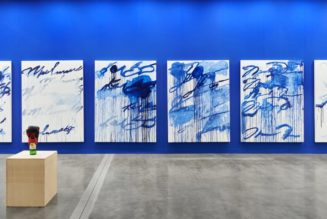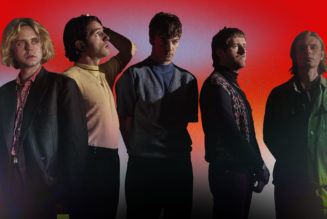This article originally appeared in ‘Hypebeast Magazine Issue 33: The Systems Issue.’
Pouria Khojastepay, founder of the Amsterdam-based publishing house 550BC, chronicles those on the periphery: Tehran’s underground crime syndicate, favela drug lords and their proclivity for flaunting exotic animals, and the Ultras that orbit Europe’s football stadiums. His use of harrowing archival imagery is intense and unapologetic. Any one of the 21 titles he’s published since 2018 may feature bricks of cocaine stacked next to gang members in balaclavas, sports fans with bloodied faces, or even teenagers wielding AK-47’s. The source material for the photo-books he curates often comes from the subjects themselves, making 550BC a raw, unvarnished visual diary of the world’s most nefarious subcultures and criminal organizations.
550BC’s books, released via a streetwear-style “drop” model, often sell out in mere hours, becoming printed matter grails that are resold on eBay for hundreds of dollars. The platform’s Instagram page, which only showcases a snippet of the imagery included in the physical copies, has amassed a cult-like following, too, thanks to its intimate portrayal of the lifestyles that polite society frowns upon. While Khojastepay has positioned himself as a visual artist in past interviews, he’s neither an artist in the painterly sense, nor a photographer who embeds with his sources. Instead, like an archivist, he curates documentation of these fringe communities by tracking down rare photos in the recesses of the web, as well as directly from members of each group he’s spotlighting.
“I keep it open for interpretation,” he says of his practice. “Some have called it ‘visual criminology,’ but for that, you need to work from a legal view to stop crime and offer authorities solutions.” Khojastepay prefers describing his work as a “visual criminal anthropology,” studying his subjects’ “characteristics, lifestyle, and how they express themselves” without bias or judgment.
In Ultra Violent (2022), 550BC’s best-selling book to date, Khojastepay focuses on European football hooliganism and the Ultras—extreme fans whose allegiance to a given club often escalates into violence, havoc, and even the promotion of socio-political ideologies. Originally published as a zine, the 100-page second edition is chock full of skirmishes between fans and police, images of funeral processions, and DIY flags bearing the militant-style emblems of each football faction. Khojastepay sourced all the images from general news sites, hooligan blogs, social media, and various undisclosed supporters, such as from members of Stockholm’s AIK Ultras and Italy’s Hellas Verona. Like most 550BC releases, Ultra Violent contains little text and throws you straight into action, as if you’re walking side-by-side with the subjects depicted, allowing the visuals to speak for themselves.
Another noteworthy title is Playboys (2023), which focuses on the Playboys 13 Gang of Los Angeles, one of the West Coast’s most dangerous crime syndicates. Featuring imagery shot by photographer Robert Yager in 1992, and edited by Khojastepay, the 240-page coffee table books offers previously unseen access into one of the most violent years in LA history. There are, of course, many images of guns and police confrontations that you’d come to expect from a gang-related photo book. But 550BC also highlights intimate and unexpected moments depicting the human side of PBS13, such as a teenager benignly holding up a scrapbook, or a handicapped member being carried out of a lake by fellow brothers after swimming.
Along with his own titles, Pouria also uses 550BC to work with a number of critically-acclaimed photographers who share his sensibility in archiving the intricacies of crime and conflict, without the sensationalism and exploitative lens often cast on these groups in the media. The photos compiled in each release are undeniably engaging and hard to find anywhere else, precisely because the authors work directly with their subjects, offering an “untouched first-person perspective,” he says.
It’s understandable to question the motives of both entering and documenting such thorny subcultures. To make sense of this, you need to dial the pages back. Khojastepay was born in Shiraz, Iran, but his family had to relocate to a refugee camp in the Netherlands when he was one, due to increased socio-political tensions following the 1979 Iranian Revolution. Before moving back 11 years later, he was exposed to families fleeing the aftermaths of global conflicts like the Iran-Iraq war, as well as skirmishes within the former Yugoslavia. He notes that these early encounters, coupled with his father being a war vet, made him “want to shed light on unnoticed human stories and explore the emotional consequences of conflict.”
As Khojastepay grew older, he explains he became acquainted with people who joined gangs and criminal organizations, offering direct insight into their lifestyles, “moral dilemmas, and the blurred lines between right and wrong.” He notes that “this fascination drove me to delve into themes of crime, war, and characters navigating ethnically vague spaces. Combining these different influences has allowed me to create a wide range of work that explores conflict, resilience, and the interconnectedness of society.”
“Sometimes you meet, sometimes you don’t, and sometimes you can’t. I can’t tell you much about the process.”
How Khojastepay gets access to these hostile underworlds is one of the most enthralling and shadowy elements of his work. “Sometimes [subjects] approach me themselves and they already trust [my work],” he says. “For other cases, like with the Mexican cartels, you work with a ’fixer’—a middleman or facilitator who’s close to a group or individual. Sometimes you meet, sometimes you don’t, and sometimes you can’t. I can’t tell you much about the process.”
The book Khojastepay speaks of, Sicario Warfare (2022), documents the training grounds of the Sinaloa Cartel. Made in collaboration with Venezuelan artist and researcher Eduardo Giralt Brun and rapper-composer Emmanuel Massú, the project’s images are sourced directly from one of the cartel’s commanders. Described as “the first photobook portraying members of the Sinaloa,” it offers a visual chronicle of a member’s progression through the ranks—from a hitman training in the rural jungles of Mexico, to an inside look at the cartel’s main base of operations. “The hit squad commander, our protagonist, was afraid for his life due to some changing politics within the organization. He asked a trusted fixer what he should do with the SD cards storing photos and videos he didn’t want to be forgotten,” Khojastepay recounts. The fixer knew of 550BC and sent the files over to the Netherlands, ultimately leading to the book’s release.
Like right and wrong, truth is infinitely ambiguous. True to who? Wrong, why? 550BC’s detached explorations of morality are a core pillar of Khojastepay’s practice. Instead of demonizing his subjects, he objectively shows the many facets of their character and lifestyles. He is not an investigative journalist, mind you, but his books carry an unbiased lens that is sorely lacking across the media landscape. While he doesn’t condone the lifestyles depicted in his releases, he does not judge them either, as many of the subjects are “groomed from a young age,” he says. “If there was another way, many would’ve chosen it.”
